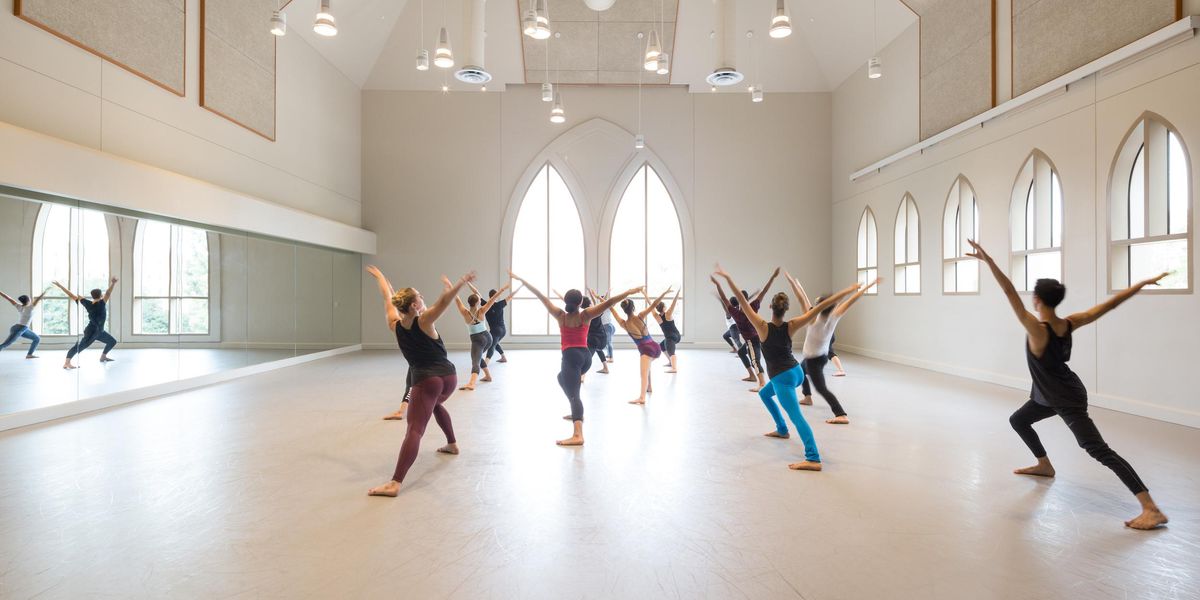Cultured Choreography
Ethnic dances transport audiences to new worlds.
Hofesh Shechter mixed Israeli folk and modern dance in Fiddler on the Roof. Photo by Joan Marcus, courtesy Fiddler on the Roof.
This has been the season of ethnic dance on Broadway. Of course, you can find your standard tap routines and kick lines, too. But there’s nothing standard about Andrew Palermo’s bon odori dance, straight out of Japanese tradition, in
Allegiance; nor are we accustomed to seeing the Cuban folk steps Sergio Trujillo has adapted for On Your Feet! or the Eastern European accents in Hofesh Shechter’s choreography for the revival of Fiddler on the Roof.
Broadway musicals have been drawing on traditional forms and plunging performers and audiences into distant worlds for decades. Jerome Robbins incorporated the dance rituals of Thailand into
The King and I and the vernacular dances of New York’s Puerto Ricans into West Side Story. Going back even further, there’s a sailors’ hornpipe in Carousel, a square dance in Oklahoma! and Irish step-dancing in Finian’s Rainbow. To explore the world of Broadway musicals is to explore the world, and this is no accident, given the roots of the form in immigrant entertainments. And whether or not today’s Broadway choreographers come from the communities they bring to the stage, they make it their business to burrow into the world of the shows they’re working on.
With
Fiddler, Hofesh Shechter arrives as a decided insider. Having started his career performing with an Israeli folk dance ensemble, he didn’t have to go far for moves that would suit Anatevka, the Russian village at the heart and soul of Fiddler. “Cossack dance, Hassidic dance, Balkan—so many different kinds of Jewish dances from around the world are completely available to me,” Shechter says.
Coming as an outsider to
Allegiance and its Japanese Americans caught up in the aftermath of Pearl Harbor, Andrew Palermo managed to choreograph a kabuki-based fan dance and an age-old bon odori dance. He and his associate choreographer, Jenny Parsinen, studied with Miyako Tachibana, the daughter of the Japanese dance master Fujima Kansuma. For the opening song, “Wishes on the Wind,” he says, “I worked closely with Rumi Oyama, who is an expert in traditional Japanese forms, to create a short work that interprets the lyrics—something that felt authentic, yet specific to that moment in the show.”
For the Gloria Estefan musical
On Your Feet!, Sergio Trujillo was an outsider with something of a head start. A Colombian reared in Canada, Trujillo already had a feel for Latin rhythms. But he wanted a specifically Cuban flavor. “The more authentic you are,” he says, “the more the audience is going to feel that they are witnessing something that has never been seen onstage before.” So he went to Havana to take classes. For the song “Tradición,” he turned to a time-honored Cuban handkerchief dance, the pañuelo; for the up-tempo “Cuba Libre,” he accentuated the percussion with the wood-soled slippers called chancletas. But it’s not just a matter of finding an appropriate slot for a slice of folklore, he says. In Cuba, such dances take place in bars or homes or “an environment that feels a little bit more intimate.” They have to evolve to fit into the theatrical space of a show.
Palermo echoes the idea. Because the bon odori is typically danced at festivals and parades, he says, his initial approach was to choreograph for a circle. “It felt very authentic and non-presentational. But at the end of the day, we have a thousand people who paid a lot of money, who want to see people’s faces! So, you have to turn out. You have to acknowledge that though a lot of traditional forms are inward-facing, danced to and for partners and the participatory group in general, you need to include the audience.”
For the most part, that audience doesn’t know or care how accurately the choreography reflects a culture. But good choreographers do. In 1999, when Trujillo was enlisted to choreograph a production of
The Sound of Music, he found a teacher who could coach him in Austrian folk dance. For Invisible Thread, the recent off-Broadway musical set in Uganda, he recruited a co-choreographer, the African-dance specialist Darrell Grand Moultrie, to ensure verisimilitude. But fidelity can take you only so far, Trujillo notes. “You can’t insulate yourself with authenticity,” he says. “You have to give it pizzazz. If you stay too puritanical, I don’t think you’re servicing the piece as a whole.”
Shechter says he tries to “strike a balance,” because you can add so much pizzazz that the original material is denatured. “I think it’s important to leave some element of authenticity there,” he says, “so it doesn’t feel completely remote from the story of where we are.” The key to retaining the essence of the source material while accommodating the audience’s desire to be entertained, Shechter suggests, is “just putting the volume up on the elements that are more exciting and easy to watch.”
Still, Trujillo says, you need to entertain. “Always and forever,” he adds emphatically. So in the end, all those exotic cultures that Broadway musicals invite us to visit are assimilated into the mainstream—just like the immigrants who brought them here to begin with.
n




